This article was co-authored by Laura Marusinec, MD and by wikiHow staff writer, Jessica Gibson. Dr. Marusinec is a board certified Pediatrician at the Children's Hospital of Wisconsin, where she is on the Clinical Practice Council. She received her M.D. from the Medical College of Wisconsin School of Medicine in 1995 and completed her residency at the Medical College of Wisconsin in Pediatrics in 1998. She is a member of the American Medical Writers Association and the Society for Pediatric Urgent Care.
There are 15 references cited in this article, which can be found at the bottom of the page.
This article has been viewed 57,789 times.
If you have chronic sinusitis (chronic rhinosinusitis), you may find it difficult to breathe through your nose. Your face might even swell and you may experience headaches or facial pain. This is all caused by the air-filled cavities behind your cheeks, forehead, and sides of your nose becoming filled with mucus. While mucus is necessary to moisturize your nose and prevent bacteria from entering into the nasal passages, this congestion needs treatment. Fortunately, there are things you can do at home to alleviate pain and open your sinuses, allowing the mucus to drain. Home treatments can all be done in combination with medical treatments prescribed by your doctor.
Steps
Using Water and Steam
-
1Drink eight to 10 glasses of water a day. It's important to drink eight to 10 8-ounce glasses of water a day. This keeps the discharge thin and more fluid, making it easier to drain. Avoid drinking alcohol and caffeine, which could dehydrate you.[1]
- Don't worry if discharge drains down the back of your throat. The acid in your stomach will kill off anything that may be causing the infection.
-
2Steam your face. Fill a 1-quart pot with water and boil it for a couple of minutes. Remove the pot from the heat. Steam should be coming off of the pot. Cover your head with a large, clean cotton towel, place your head over the steaming pot and close your eyes. Breathe in through your nose and out through your mouth for 5 counts and then in and out through your mouth for two counts. Repeat this for 10 minutes or as long as there's steam. Blow your nose after the treatment.
- You can do this every two hours or as often as your schedule permits.
- Keep your face at least 12 inches away from the water. You want the heat to enter your nose and throat, but don't burn yourself.
Advertisement -
3Consider adding essential oils. Use one drop of essential oils or 1/2 teaspoon of dried herb for each quart of water (like you have in your facial steam pot, if using). To test any herb or essential oil for sensitivity, steam your face for one minute, then remove yourself and wait 10 minutes. If you don't notice a reaction, reheat the water and repeat the steaming. The following essential oils have either antibacterial, antifungal or antiseptic properties (meaning they can kill bacteria and other microorganisms that can infect the sinuses):
- Spearmint or peppermint: Peppermint or spearmint may be irritating to some. Both peppermint and spearmint contain menthol which has antiseptic and immune-boosting properties.[2]
- Thyme or oregano: These herbs boost the immune system and have antibacterial properties. Both increase circulation of the blood by opening up blood vessels.[3]
- Lavender: This dried plant and oil is soothing and can help with anxiety and depression. It also has antibacterial properties.[4]
- Black walnut oil, tea tree oil, oregano oil, and sage oil: These can treat a fungal sinus infection and they have antiseptic properties.[5]
-
4Add cooking herbs. If you don't want to use essential oils, you can use cooking herbs. Place 1 quart of water in a pot, bring it to a boil, turn off the heat and add 2 teaspoons of oregano and 2 teaspoons of basil. For added heat, you can add a pinch of cayenne pepper. Cover your head with a towel and breathe in the steam through your nose (and your mouth, especially if you have a sore throat or a throat infection). Do this as long as the steam is rising.
- Like any of the steam treatments, the water can be reused. Simply reheat it till it begins to steam.
-
5Take a bath. Run a bath using water that's as hot as you can comfortably manage. Add 12 to 15 drops of one essential oil or a combination of oils. Soak for as long as you like and breathe in the steam.
- You should get lots of rest if you experience chronic sinusitis. Soaking in a bath is a great way to relax.
-
6Try a humidifier or vaporizer. Another way to make sure your sinuses don't dry out is to invest in a humidifier or vaporizer. This can be especially useful if you live in a very dry environment, or during the winter when heating systems can cause your sinuses to dry out.[6]
- Clean portable humidifier units daily, wiping all surfaces dry and filling the water tank with fresh water. If you do not keep your humidifier clean, mold and bacteria can begin to grow and they will be dispersed into the air and breathed in when the humidifier is running.[7]
- Don't let the humidity in your house reach above 50%.[8] Run the humidifier or vaporizer only when necessary.
- To get the same effect you can also run a hot shower with the bathroom door closed and breathe in the steam.
Using Diffusers and Neti Pots
-
1Choose an essential oil. Whether you use a diffuser or the Neti pot, you can use the distilled essences and fragrances (aromatherapy) of various plants to help treat your sinus infection. The essential oils used most commonly for sinus infections are:
- Eucalyptus
- Menthol
- Lavender
- Sweet basil
- Oregano
- Rosemary
- Peppermint
- Tea tree
- Rose geranium
- Pine
- Clove
- Lemon
- Chamomile
-
2Prepare a Neti pot solution. In a small bowl, add 1 and 1/2 cups of very warm (but not so hot that you scald your nasal tissues) distilled water, 6 tablespoons of finely ground unprocessed sea salt, and nine to 10 drops of essential oils, if you're using them. Stir the mixture well to dissolve the salt. Add the liquid to your Neti pot and let it cool before using.
- If you'd like to use more than one kind of essential oil, just be sure to use an equal number of drops so that the total number of drops equals nine or 10.
- Sea salt protects your nasal tissues.
- Never use tap water or water that hasn't been filtered, distilled, or sterilized by boiling for at least one minute.[9]
-
3Irrigate using a Neti pot. Bend forward over a sink and tilt your head to one side. Breathe through your mouth to close your nose and throat off from the solution. Insert the neti pot spout into your upper nostril and slowly pour the solution so that it runs through and out of your lower nostril. Use half of the solution.[10]
- Repeat this process with the other nostril and use the rest of the solution.
- Blow your nose when you're finished to get the remaining fluid out of your nose.
-
4Use a nasal saline spray. If you don't have a Neti pot or don't feel comfortable using one, try a simple nasal saline spray, available at any pharmacy. You can also make your own at home, though you must be careful to get the right proportions of salt to water, or you could end up drying out your skin (use about one teaspoon of salt per pint of water). Use the saline spray to keep your sinuses hydrated while you are on the go.
- Irrigating your sinuses using a Neti pot is more effective in treating sinusitis than a nasal spray, but it can be intimidating at first.[11] You may want to begin with a spray and gradually move to the Neti pot.
- Nasal saline sprays have the benefit of being ultra portable. Throw one in your purse or bag or keep one at work.
-
5Use a diffuser. If more than one member of your family has a sinus infection, consider using a diffuser. This will dispense essential oils throughout a room. Anyone with a sinus infection should sit as close as possible to the diffuser. Choose an essential oil and follow the manufacturer's instructions on your machine.[12]
- Most diffusers suggest using 1/2 cup of water with three to five drops of essential oils.
Using Massage
-
1Massage your forehead. Rub a quarter-sized amount of castor, almond, or baby oil between your fingers to warm them. Place both of your index fingers in the center of your forehead, between the brows. Massage your forehead in a circular motion, moving from the center out towards the temples. Repeat this 10 times using constant and firm pressure.
- The oil helps to lessen the friction caused by your fingertips rubbing against your face. Scented oils can be soothing and relaxing as well.
- Massaging the sinuses and the tissues surrounding the sinuses can help relieve pressure and help drain mucus-filled sinuses.
-
2Massage near your nose. Place your thumbs on the bridge of your nose, just next to the inner corner of your eyes. Apply constant, firm pressure to the area for one minute, then move your fingers in a circular motion for an extra two minutes.[13] Keep your eyes closed. If you are using an oil, make sure you don't get oil into your eyes. Oil isn't harmful but it could make your vision temporarily blurry.
- For some, using the index finger may be more comfortable. Using the thumbs is recommended because they tend to be somewhat stronger than other fingers.
-
3Massage your cheekbones to relieve congestion and pain. Rub about a quarter-sized amount of castor, almond, or baby oil between your fingers. Place your thumbs (or, if you prefer, the index and middle finger) on both sides of your cheeks, next to your nose.[14] Apply constant, firm pressure on the area for one minute, then move your fingers in a circular motion for an additional two minutes. Keep your eyes closed.
- You can also start by massaging the outer part of your cheekbone, near your ears. Massage in a circular motion and move your fingers along the cheekbone towards your nose. Repeat this 10 times.
- If you are using an oil, make sure you don't get oil into your eyes. Oil can temporarily blur your vision if it gets in your eyes.
-
4Do a nasal sinus massage. Rub a bit of oil between your fingers until they warm up. Use your index finger to stroke along the sides of your nose, moving them downward. Repeat this 10 times. Then, place your fingers on the bridge of your nose and apply constant and firm pressure. Massage in a circular motion, repeating this action 10 times.[15]
- Massaging your nose in a downward motion can promote drainage.
- You can add essential oils based on what you need. For example, antibacterial essential oils can be used if you have a bacterial sinus infection while essential oils that help loosen and break up the mucus in the sinuses can relieve the pressure by increasing drainage.
Diagnosing Chronic Sinusitis and Taking Medication
-
1Determine the cause of your sinusitis. Chronic sinusitis can be caused by infections (viral, bacterial or fungal), structural abnormalities (like polyps or a deviated septum), trauma, allergies, smoking or immune system dysfunction. To determine a cause for your sinusitis, look at the discharge. Viral infections and allergies usually create clear discharge. But, bacterial, fungal, or molds can cause a cloudy and yellowish-green discharge. Chronic sinusitis from other causes can be clear or yellowish-green.[16]
- Your doctor may recommend a CT scan to evaluate the cause of chronic sinusitis.
- Figuring the cause of your sinusitis can help you choose the correct treatments. For example, sinusitis caused by a bacterial infection may need prescription antibiotics.
- If your doctor suspects your sinusitis is due to allergies, she may recommend you get tested so that you can better avoid the allergens which trigger your symptoms. In addition, you can then talk to your doctor about using prescription or over-the-counter allergy medications to control symptoms.
-
2Consider your symptoms. Symptoms of chronic sinusitis vary from person to person. Pay attention to your symptoms, since you may be able to treat some of them with over-the-counter medications. Symptoms of chronic sinusitis include:[17]
- Swollen sinuses (from inflammation or infection)
- Pain
- Pressure in the face
- Headaches
- Loss of smell
- Cough
- Congestion
- Sore throat (if the mucus drains into the throat)
- Fever
- Bad breath
- Dental pain
- Fatigue
-
3Take decongestants. Over-the-counter medications are available to treat sinusitis. You can take decongestants according to the manufacturer's instructions to reduce congestion. Some decongestants are available in nasal sprays. These may reduce swelling. Do not use nasal decongestants for more than three days or they can create rebound congestion, where the congestion returns worse than before. Side effects for decongestants include:[18]
- Increased heart rate
- Increased blood pressure
- Insomnia
- Anxiety
- Nervousness and irritability
- Dry mouth
- Blurry vision
- Difficulty urinating
-
4Try a nasal corticosteroid. Nasal corticosteroids — such as fluticasone, budesonide, and mometasone — can help treat and prevent inflammation, making it easier for you to breathe.[19] Many are available by prescription only, but Flonase and Nasacort can be purchased over-the-counter. This can be an especially helpful treatment if you suffer from allergies.
- It can take a few days to a few weeks for nasal corticosteroids to work.
- Side effects may include headache, sore throat, nosebleed, or cough.
-
5Know when to see your doctor. If you've tried several remedies at home and get no relief after four or five days, start running a fever, have facial puffiness, have increased pain, or have bad breath for no clear reason, you should make an appointment with your physician. You may be dealing with a more complicated health issue.[20]
- Steam treatments, massage, Neti pots, and diffusers can all be used along with pain relievers, antibiotics, antiviral, or antifungal treatments for infections of the sinuses.
-
6Take antivirals, antifungals, or antibiotics. Your doctor may prescribe antivirals, antifungals, or antibiotics if your sinusitis is caused by a bacterial, fungal, or viral infection. These medications should decrease the infection and inflammation and keep your sinuses draining.[21]
- One problem with antibiotics, antivirals, and antifungals is that they don't get into the sinuses very well so they may not be very effective. A longer course of treatment may be helpful.
-
7Consider surgery. Your doctor may recommend surgery if your sinusitis is caused by polyps, a deviated septum or an injury. The openings of your sinuses can be enlarged or nasal polyps and growths can be removed. These surgeries can improve sinus drainage.
- Surgery can correct any anatomic or structural problems inside your nose and sinuses.
References
- ↑ https://www.saintlukeskc.org/health-library/self-care-sinusitis
- ↑ Kamatou GP, Vermaak I, Viljoen AM, Lawrence BM., Menthol: a simple monoterpene with remarkable biological properties.Phytochemistry. 2013 Dec;96:15-25.
- ↑ Fournomiti M, Kimbaris A, Mantzourani I, Plessas S, Theodoridou I, Papaemmanouil V, Kapsiotis I, Panopoulou M, Stavropoulou E, Bezirtzoglou EE, Alexopoulos A. Antimicrobial activity of essential oils of cultivated oregano (Origanum vulgare), sage (Salvia officinalis), and thyme (Thymus vulgaris) against clinical isolates of Escherichia coli, Klebsiella oxytoca, and Klebsiella pneumoniae. Microb Ecol Health Dis. 2015 Apr 15;26:23289.
- ↑ Sienkiewicz M, Głowacka A, Kowalczyk E, Wiktorowska-Owczarek A, Jóźwiak-Bębenista M, Łysakowska M.The biological activities of cinnamon, geranium and lavender essential oils. Molecules. 2014 Dec 12;19(12):20929-40.
- ↑ Rathi,P. Ahmad, M., Tomar,A. Study on Antimicrobial and antioxidant properties of WALNUT (Juglans nigra) OIL.Int.J.Curr.Res.Chem.Pharma.Sci.1(7):51-55. 2014.
- ↑ http://www.everydayhealth.com/ear-nose-throat/humidifier-for-sinusitis.aspx
- ↑ http://www.everydayhealth.com/ear-nose-throat/humidifier-for-sinusitis.aspx
- ↑ http://www.everydayhealth.com/ear-nose-throat/humidifier-for-sinusitis.aspx
- ↑ http://www.cdc.gov/parasites/naegleria/sinus-rinsing.html
- ↑ https://health.clevelandclinic.org/what-are-neti-pots-and-do-they-work
- ↑ http://www.ncbi.nlm.nih.gov/pmc/articles/PMC3183918/
- ↑ http://www.aromaweb.com/articles/diffu.asp
- ↑ http://www.modernreflexology.com/curing-nasal-congestion-with-acupressure-points/
- ↑ http://www.integrativehealthcare.org/mt/archives/2009/10/four_ways_massa.html
- ↑ http://www.integrativehealthcare.org/mt/archives/2009/10/four_ways_massa.html
- ↑ https://my.clevelandclinic.org/health/diseases/17701-sinusitis
- ↑ https://my.clevelandclinic.org/health/diseases/17701-sinusitis
- ↑ https://www.nhs.uk/conditions/decongestants/
- ↑ https://www.rxlist.com/sinus_infection_and_sinusitis_medications/drugs-condition.htm
- ↑ https://my.clevelandclinic.org/health/diseases/17701-sinusitis
- ↑ https://www.rxlist.com/sinus_infection_and_sinusitis_medications/drugs-condition.htm
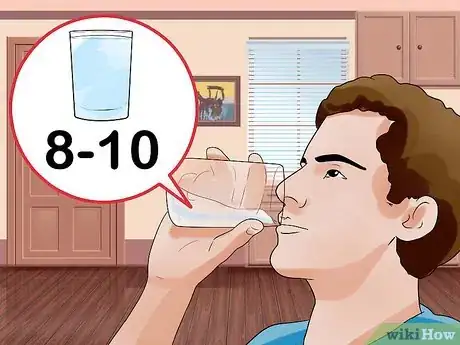
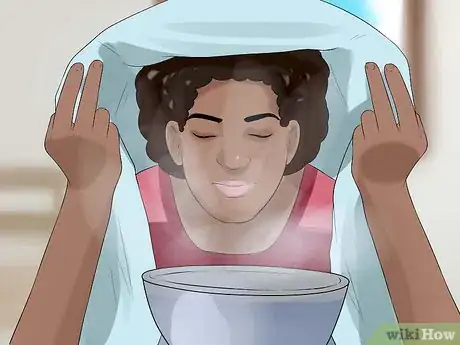
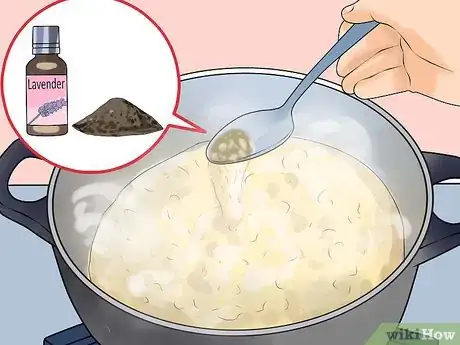
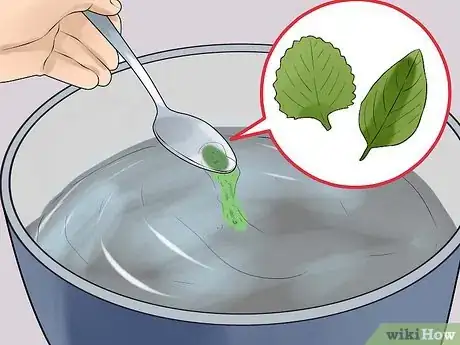
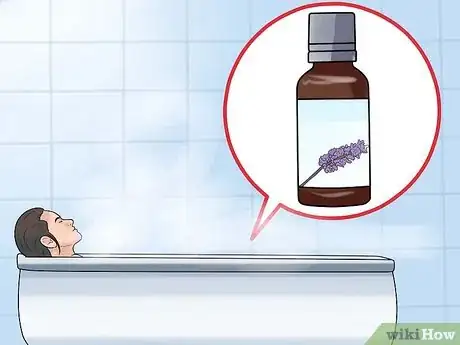
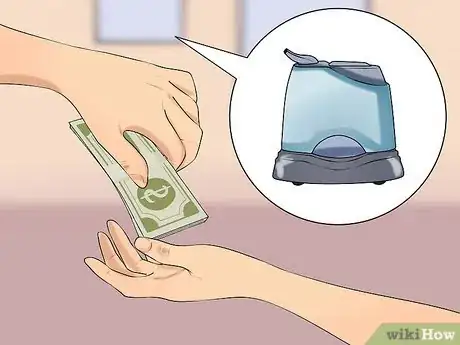
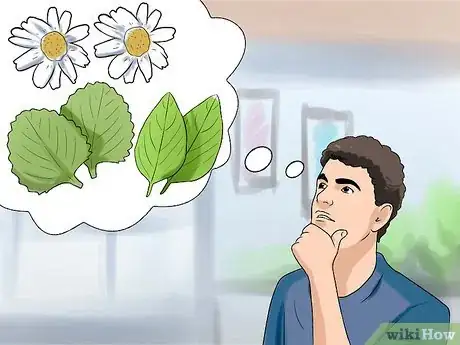
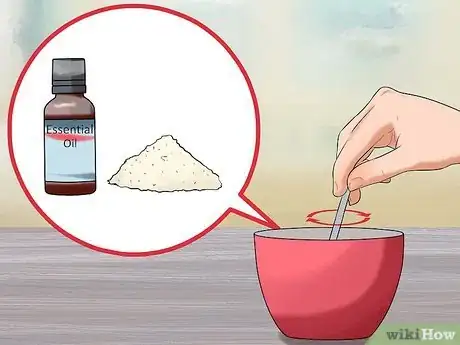
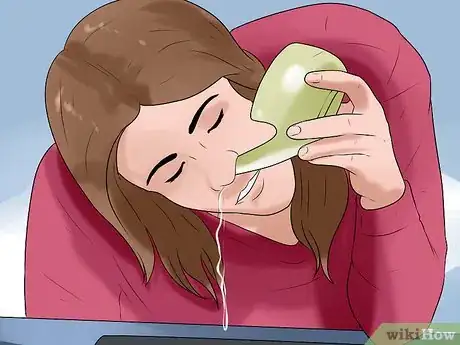
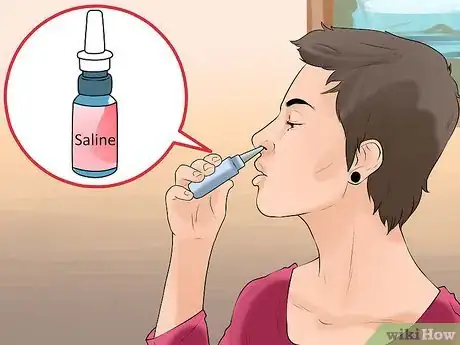

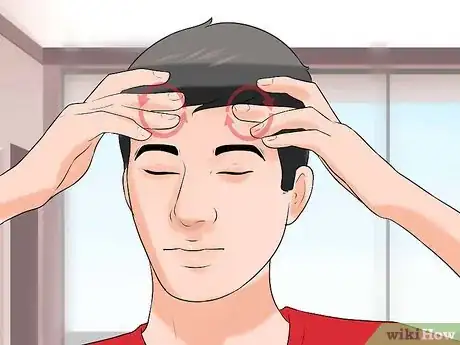
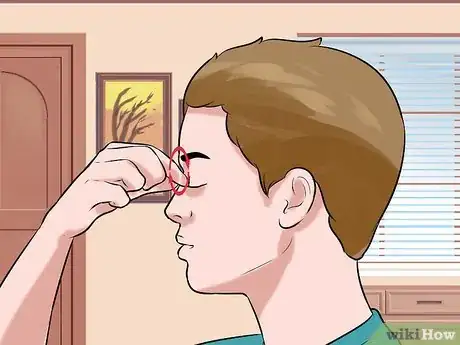
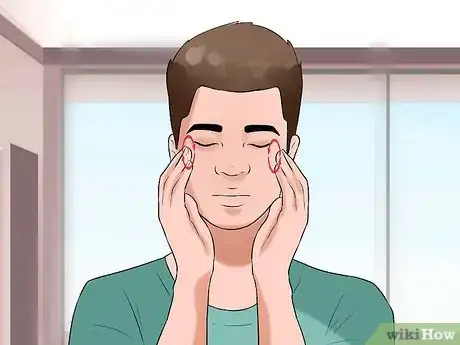
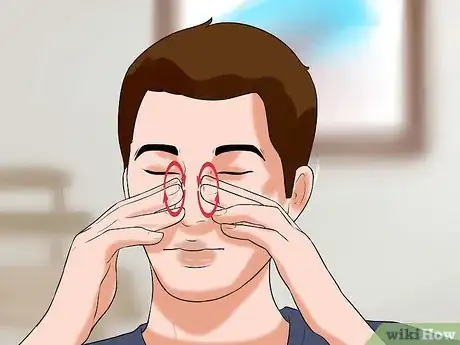
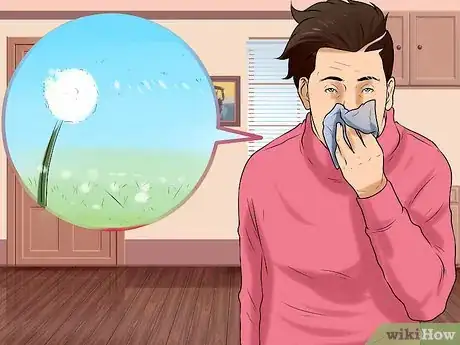


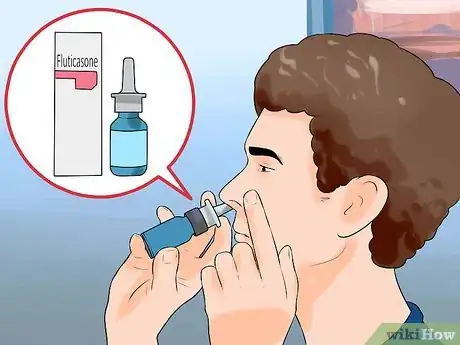
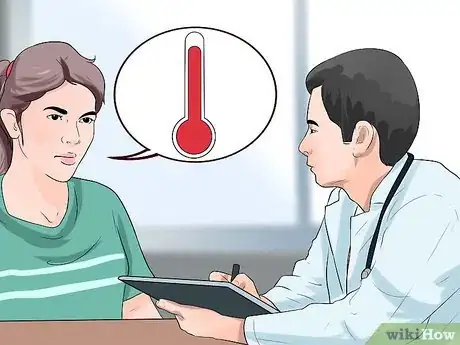
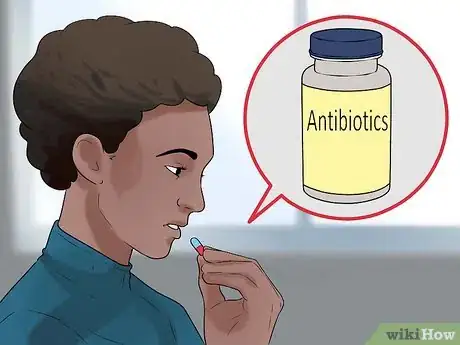
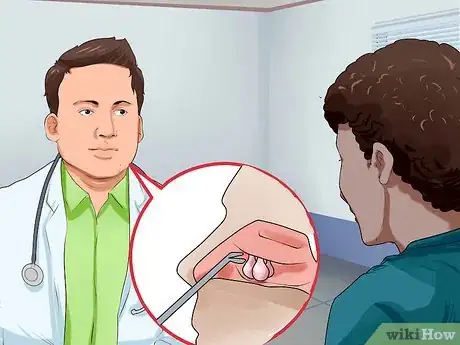
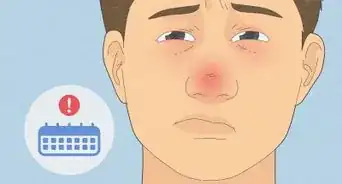


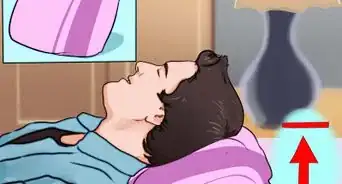
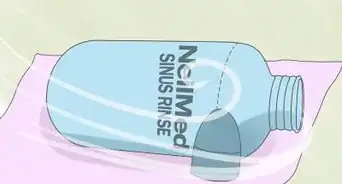
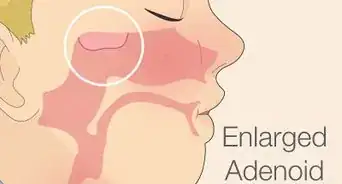


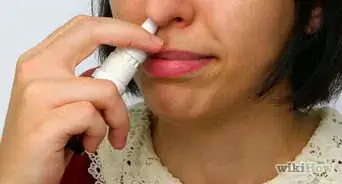











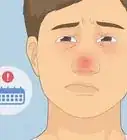
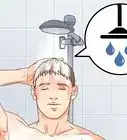

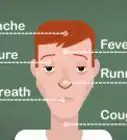



































Medical Disclaimer
The content of this article is not intended to be a substitute for professional medical advice, examination, diagnosis, or treatment. You should always contact your doctor or other qualified healthcare professional before starting, changing, or stopping any kind of health treatment.
Read More...